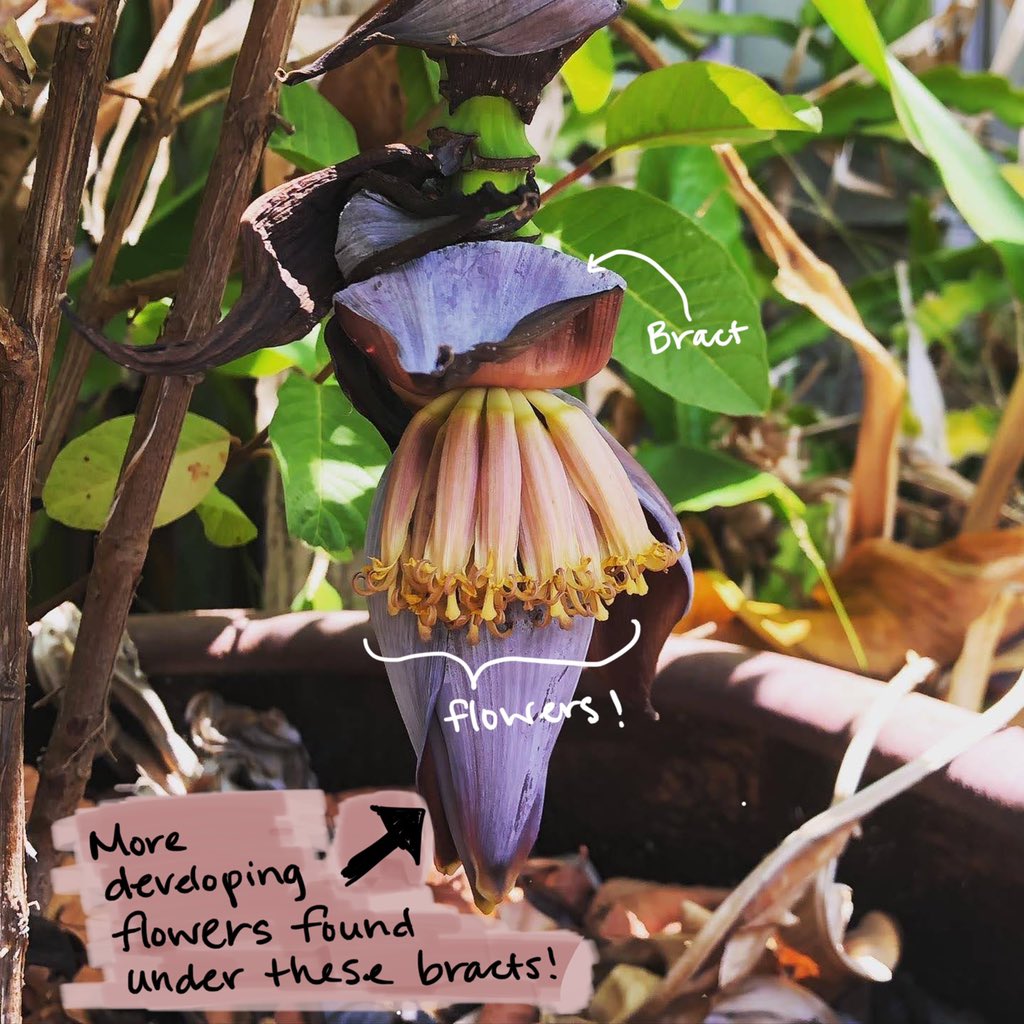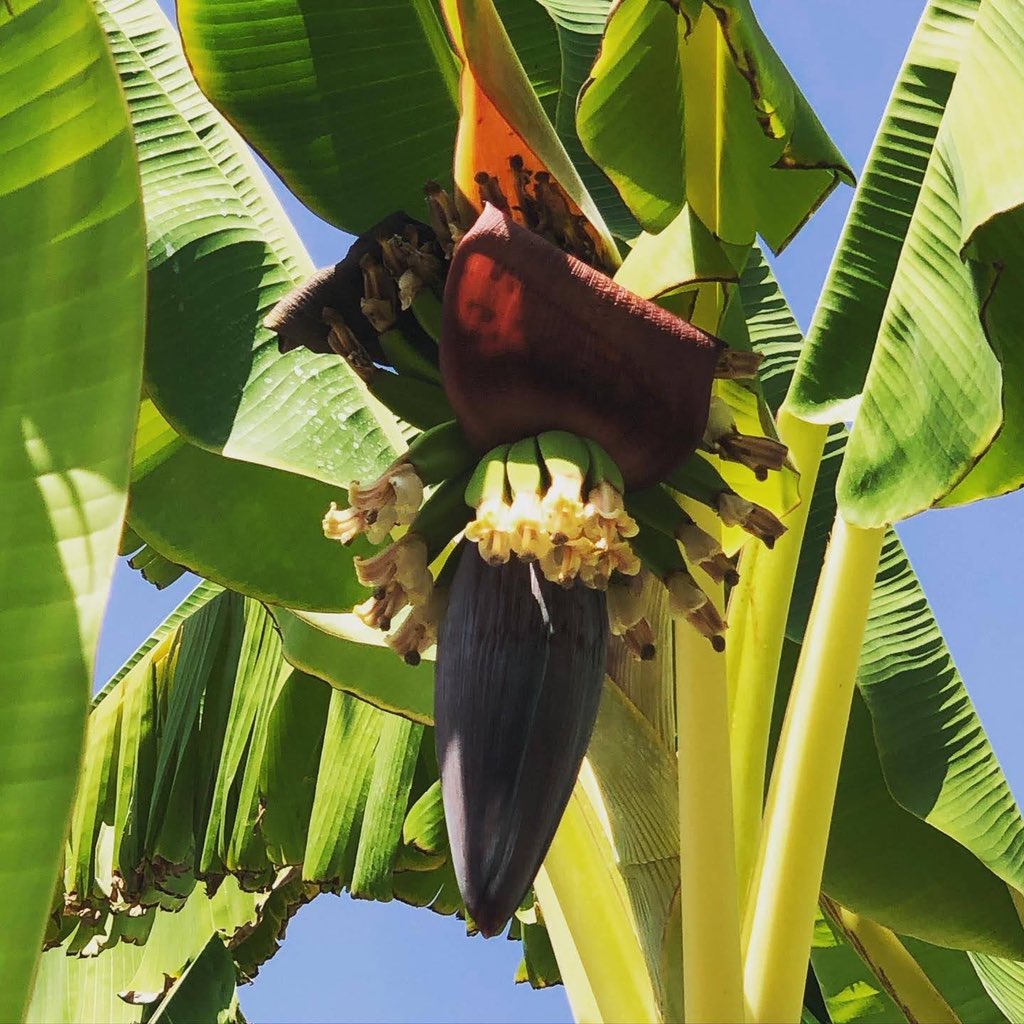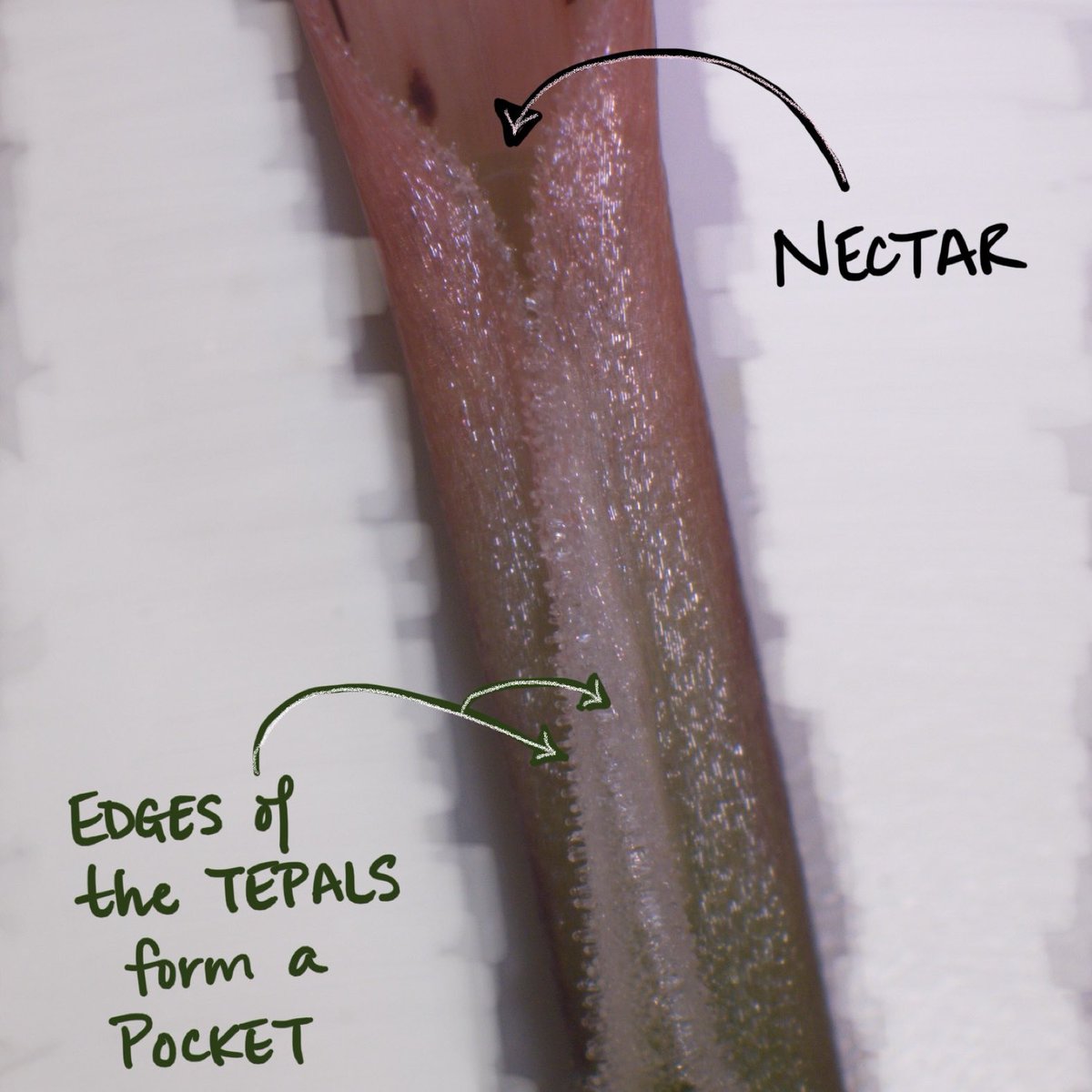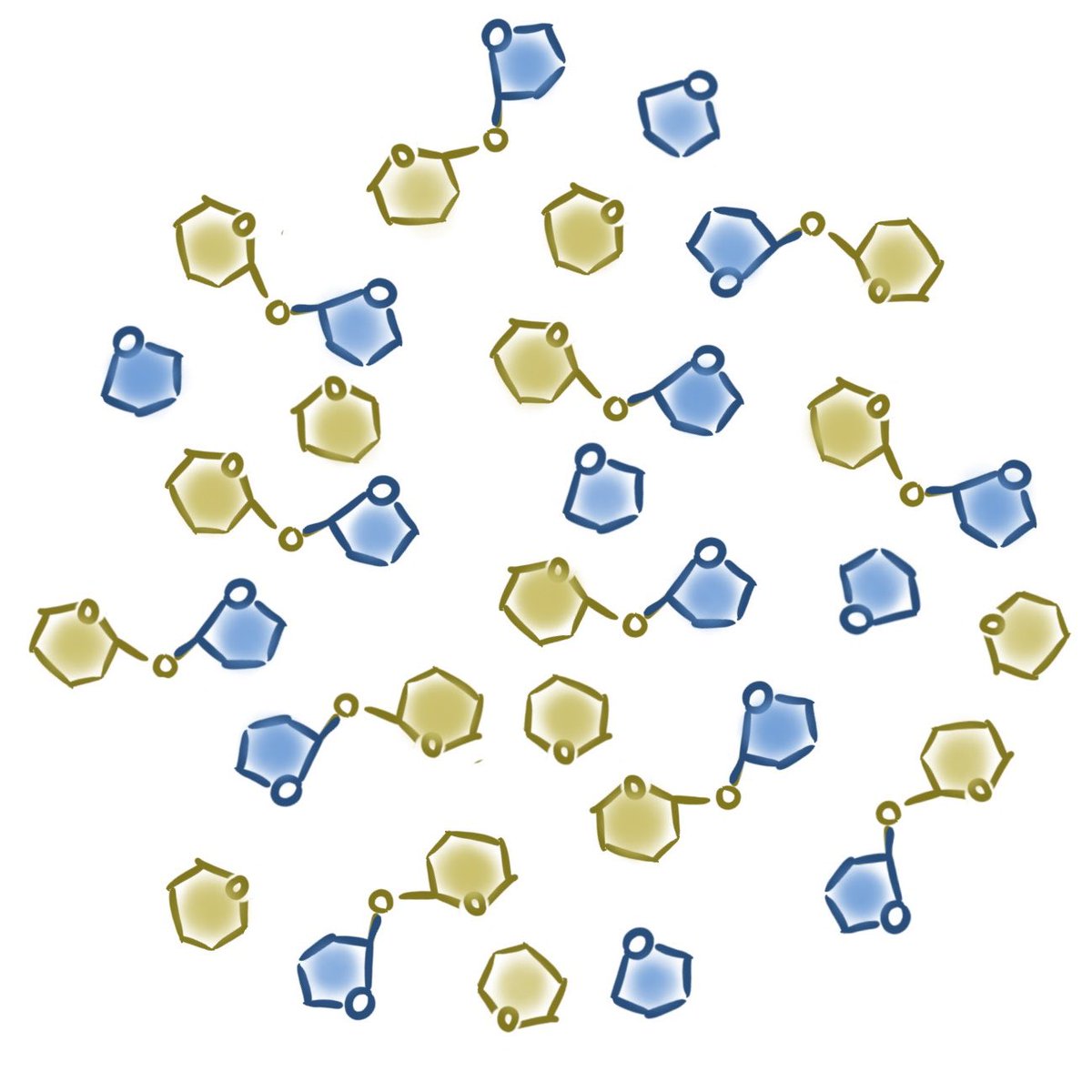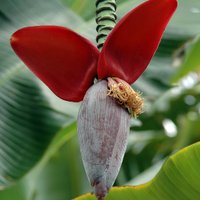




If you take a closer look, either with a hand lens or a microscope, at the area where the nectar accumulates, you can see some hairs, also known as trichomes. Presumably, the area below these hairs are the nectary cells. 3/4
#nectar #monocotnectary #trichomes #tepals
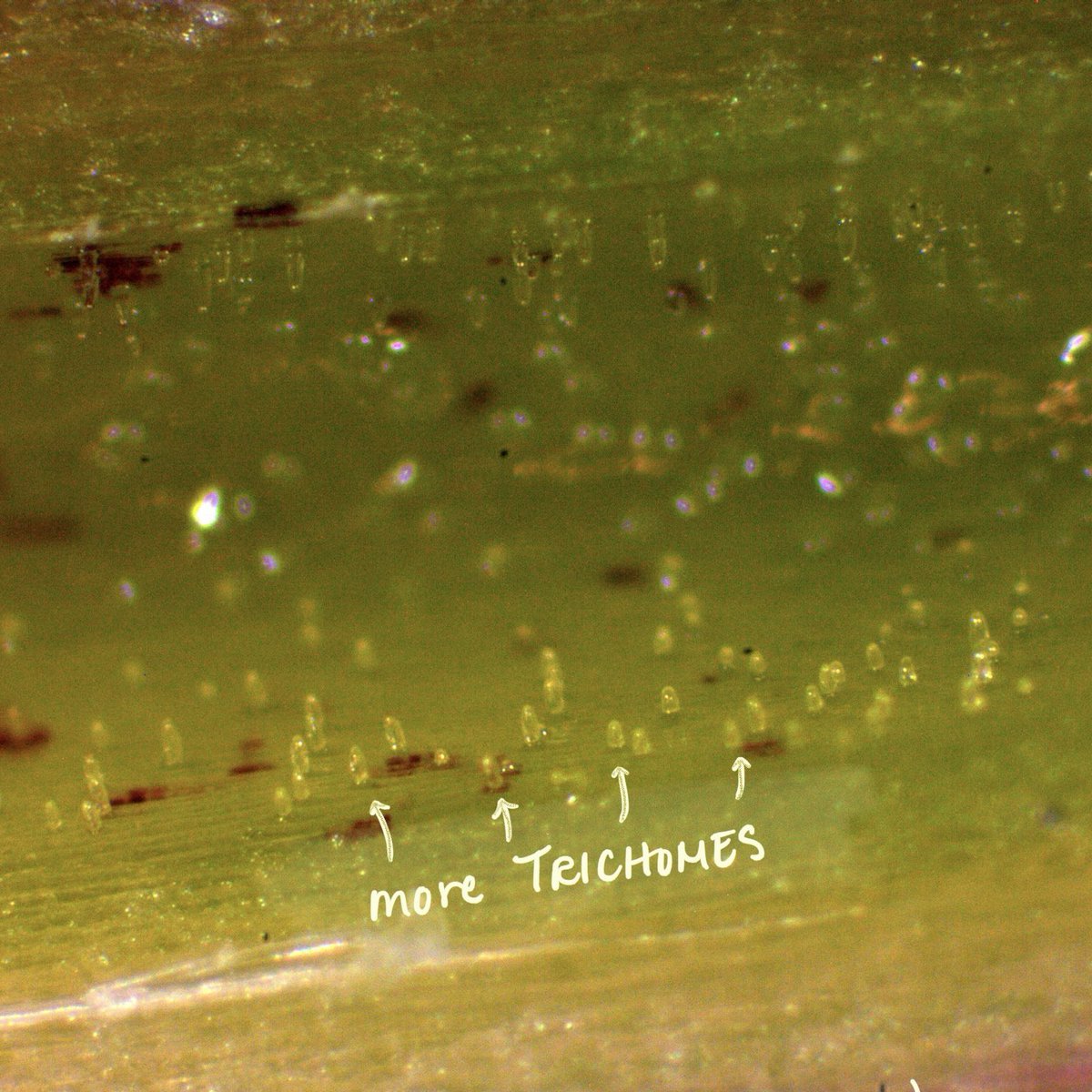



These #monkeyflowers can be found in large patches with other monkeyflowers nearby throughout California.
Drawing traced from:
🔗inaturalist.org/photos/2233073…
📸Allison Autry
🧵6/8
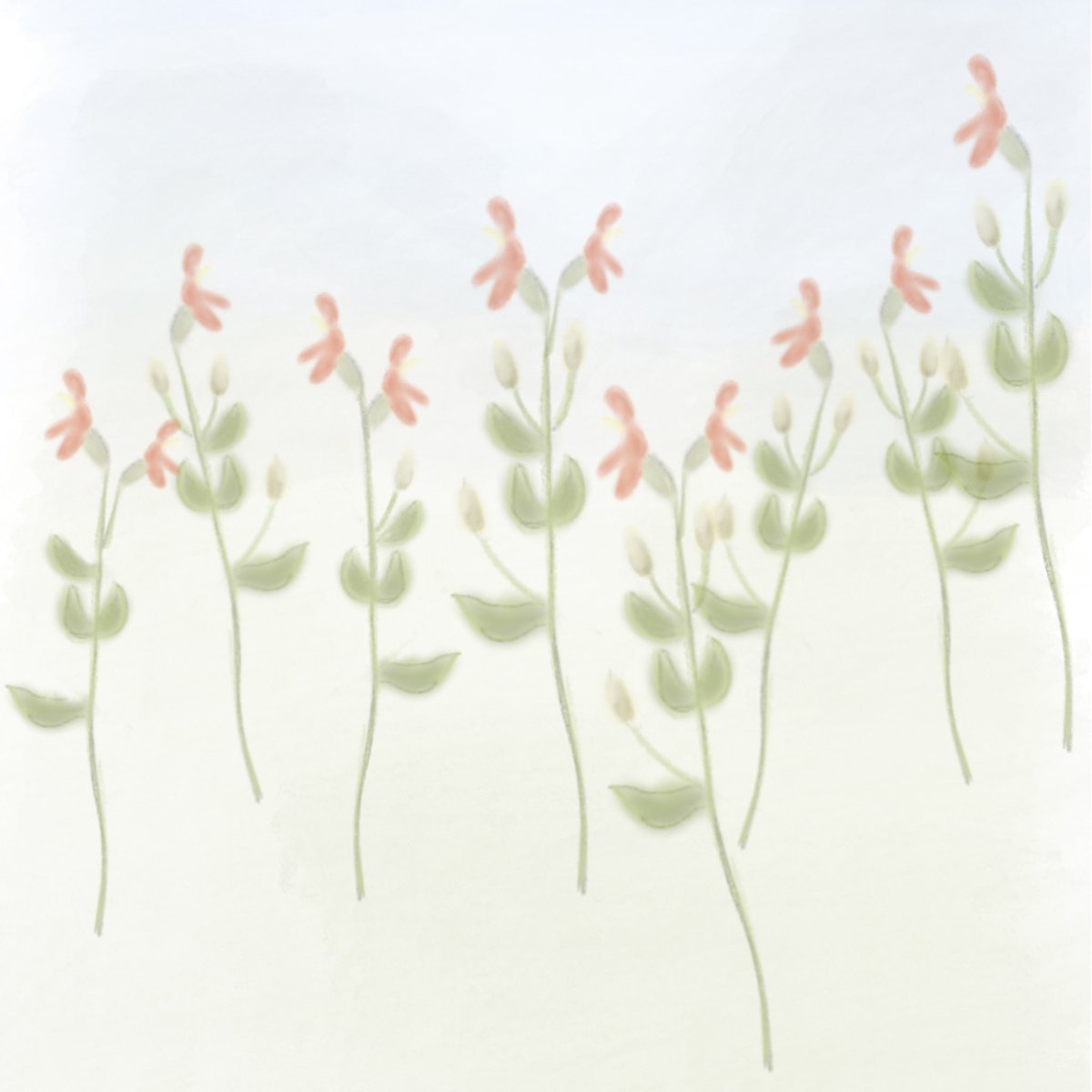


Hey nectar folks: some cool work on bird and bat adaptations to nectar consumption! the science of nectar
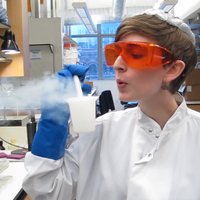
New awesome account alert! Everyone follow the science of nectar for all things nectar! #FollowFriday

Thank you the science of nectar Irene Liao for this gorgeous illustration and writeup of our Aquilegia QTL paper!!! #sciart
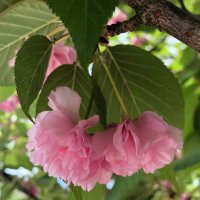

the science of nectar It was great catching up indeed. Btw I got so so hungry after talking about that!! Also, I think this was my first floral morphology lesson ever, thanks to my grandma when I was 6

David Showalter Woah cool!!! Thanks for thinking of me David Showalter I used to be fascinated by the ones on Partridge pea (Chamaecrista) on the Saint Paul campus. Also the science of nectar here’s one for the records!

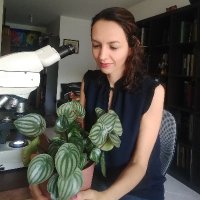
the science of nectar Annika Smith Soltis Lab @UF @amkatzer Lena Hileman Lachezar Nikolov Nevin Cullen dr tia-lynn ashman Rachel Vannette Stephanie Conway Molly Edwards, PhD Dr. Evangeline Ballerini @bugAdvocate Lopez-Uribe Lab Irene Liao Jeff Karron Emily Austen Vinita Gowda: Success has never been my weakness Tagging Sebastián Martínez-Salazar awesome list ! Thanks

the science of nectar UCLA Mathias Botanical Garden Yeah, I did those for a floral biology course I took as an undergrad. I need to look for the captions, because I also don't remember all the species... 😝

